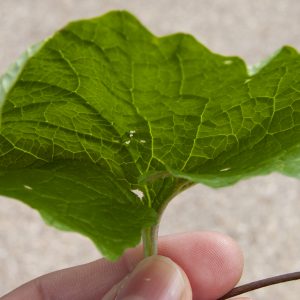
LOOK Photo Biennial 2022 x University of Salford: Artist in Residence Project showcase
Socially Engaged Photographer Gwen Riley Jones discusses the LOOK Photo Biennial 2022: Climate x University of Salford

Socially Engaged Photographer Gwen Riley Jones discusses the LOOK Photo Biennial 2022: Climate x University of Salford
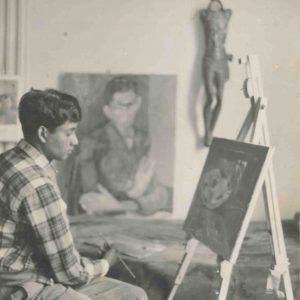
Writer and curator Greg Thorpe reflects on the work of Albert Adams and his visit to the University of Salford Art Collection stores to explore the Albert Adams archive.

New projects by McCoy Wynne, Megan Powell and Gwen Riley Jones each explore issues around the climate crisis, environment, and sustainability.
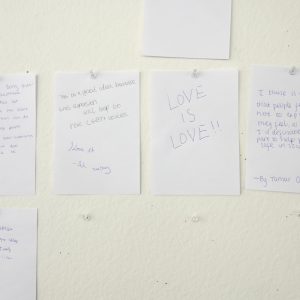
Socially Engaged Photographer Gwen Riley Jones discusses Salford Youth Council's visit to the University of Salford Art Collection's new store and Theirs, Yours, Ours: queer and non-binary perspectives on identity.
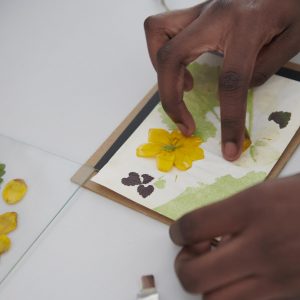
Socially Engaged Photographer in Residence Gwen Riley Jones discusses her work with Action for Conservation, the RHS, the Planting for the Planet exhibition, and anthotypes.
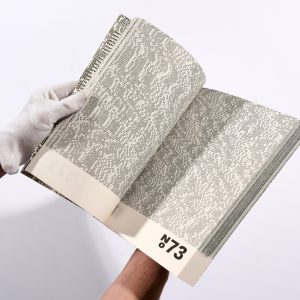
Our outgoing Digital Content and Engagement Officer, Alistair Small, offers some reflections on the collection's digitisation project.
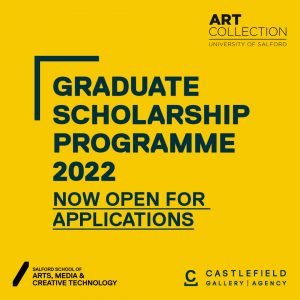
The Graduate Scholarship Programme, now in its eighth year, is open for applications for the 2022 cohort. Deadline: 9.00am Monday 23rd May 2022.
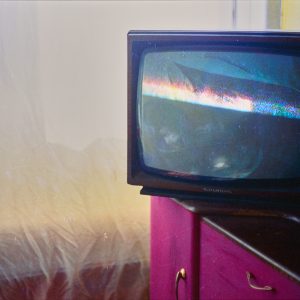
Theirs, Yours, Ours brings together the work of four University of Salford Alumni who explore queer and non-binary perspectives through print, photography, painting, and installation. 30 Mar - 30 Sept, New Adelphi Exhibition Gallery.
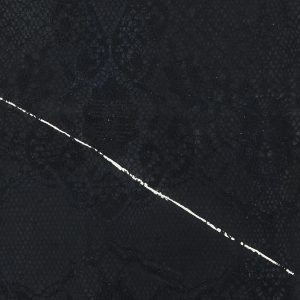
Our current digitisation programme has allowed us a much closer look at the works in our collection - drawing out deeper details and interpretations. This month we reflect on watercolour triptych 'Fog Series' by Ma Qiusha
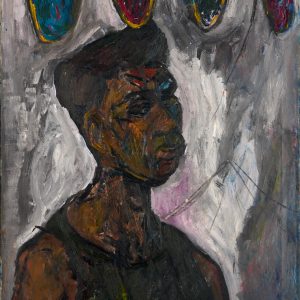
Deadline extended: apply now to work on an exciting project which brings together art, archives, visual culture and Black history.